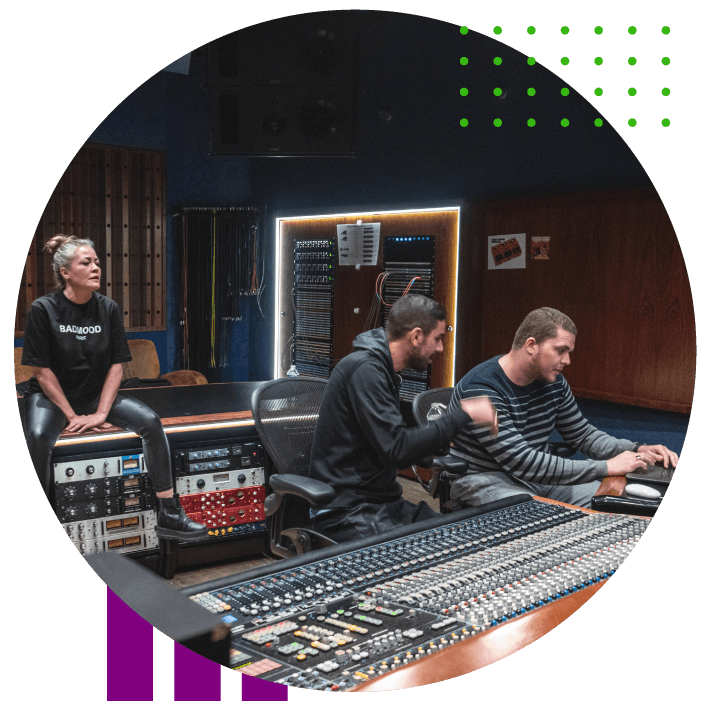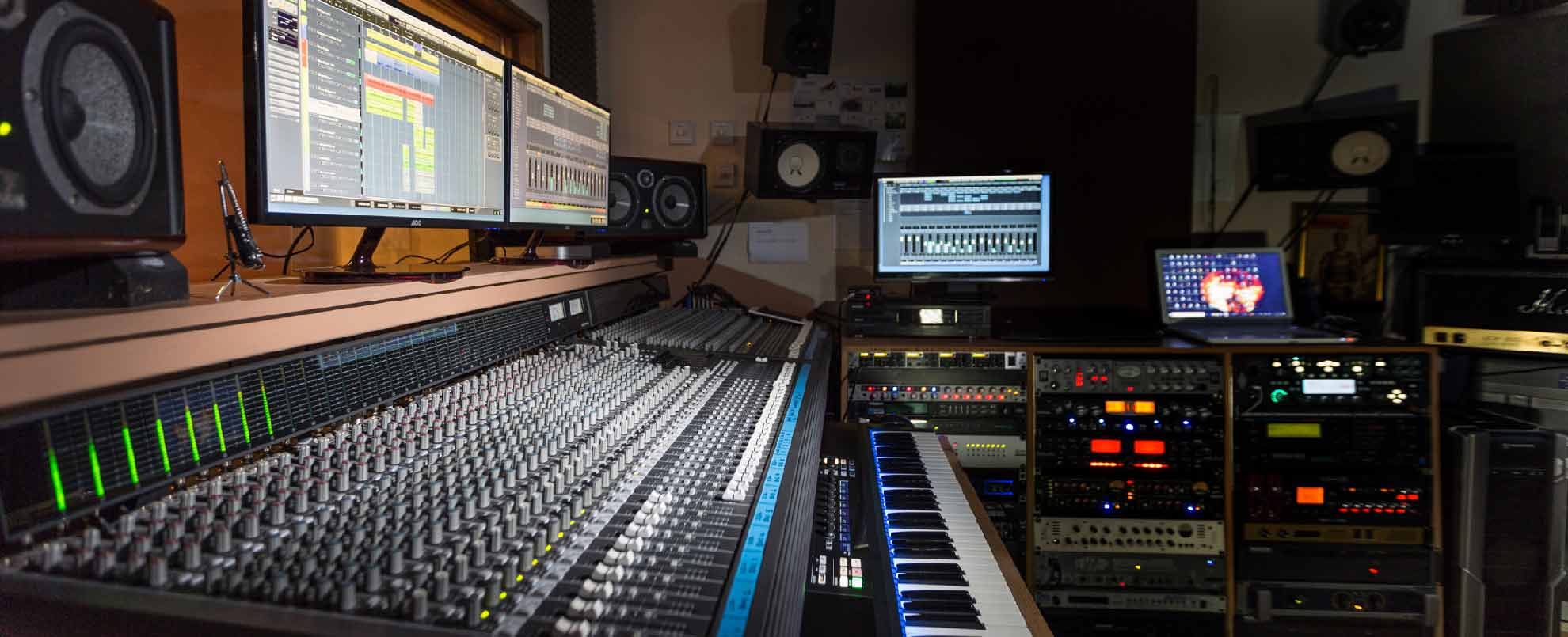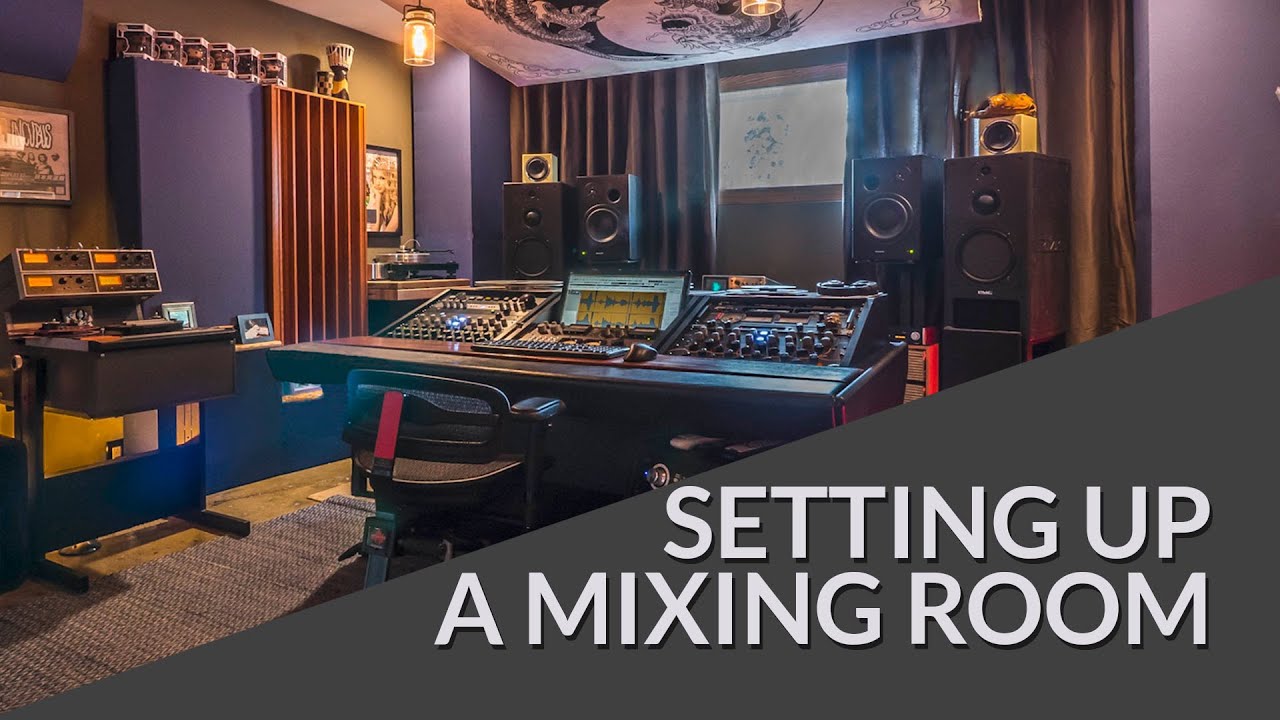In the realm of audio mastering, diffusers have established their importance as a critical tool for controlling the ambient sound in a studio. Whether you’re an experienced audio engineer or just starting your journey in audio mastering, understanding the pros and cons of using diffusers can help you create a well-balanced and conducive environment in your studio. In this post, we will delve into the benefits and drawbacks of utilizing diffusers for audio mastering to help you decide whether they are the right fit for your studio setup.
**The Pros of Using Diffusers for Audio Mastering**
1. Enhanced Acoustic Environment: Diffusers efficiently scatter sound waves in a room, reducing echo and standing waves. This minimizes acoustic issues and creates a more neutral listening space, crucial for getting your audio mix just right.
2. Improved Sound Clarity: By redistributing sound energy, diffusers can prevent harsh reflections and ensure proper sound distribution. This means that your listening environment will have minimal anomalies, allowing you to focus on every detail during the mastering process.
3. Aesthetically Pleasing: Diffusers come in a variety of designs, materials, and colors, making it possible to maintain a visually appealing environment while optimizing your studio acoustics.
4. Versatile Applications: Diffusers are useful not just in the mastering studio but also in recording, mixing, and even theater spaces. They can improve sound quality across multiple settings, making them a versatile asset for any audio professional.
**The Cons of Using Diffusers for Audio Mastering**
1. Initial Cost: High-quality diffusers can be pricey, especially if you need to cover multiple surfaces in a large studio. However, investing in good-quality diffusers can result in a drastic improvement in sound quality and accuracy, helping you make better decisions during the audio mastering process.
2. Space Requirements: Installing diffusers often requires additional space in your studio for their proper placement. Vertical diffusion panels, in particular, can take up a significant area on walls. Ensure you have enough room in your studio before making the decision to invest in diffusers.
3. Acoustic Knowledge: Understanding sound frequencies and knowing how to optimize the diffusion for your specific studio dimensions may require some learning. This includes being familiar with the room’s resonant frequencies, calculating the reflection points, and selecting the right diffuser designs.
4. Installation Challenges: The installation process for diffusers can be relatively complex, given the customization required for different room shapes and sizes. Some diffusers may also be quite heavy, which should be factored in during installation planning.
In conclusion, diffusers offer a range of benefits for audio mastering, including enhanced sound clarity and an aesthetically pleasing environment. However, they can also present challenges such as initial cost and installation complexities. Weighing the pros and cons of using diffusers will help you determine if this investment is suitable for your specific studio setup and mastering goals. Regardless of your decision, remember that the mastering engineer’s skill and experience are paramount in achieving the perfect audio mix.










